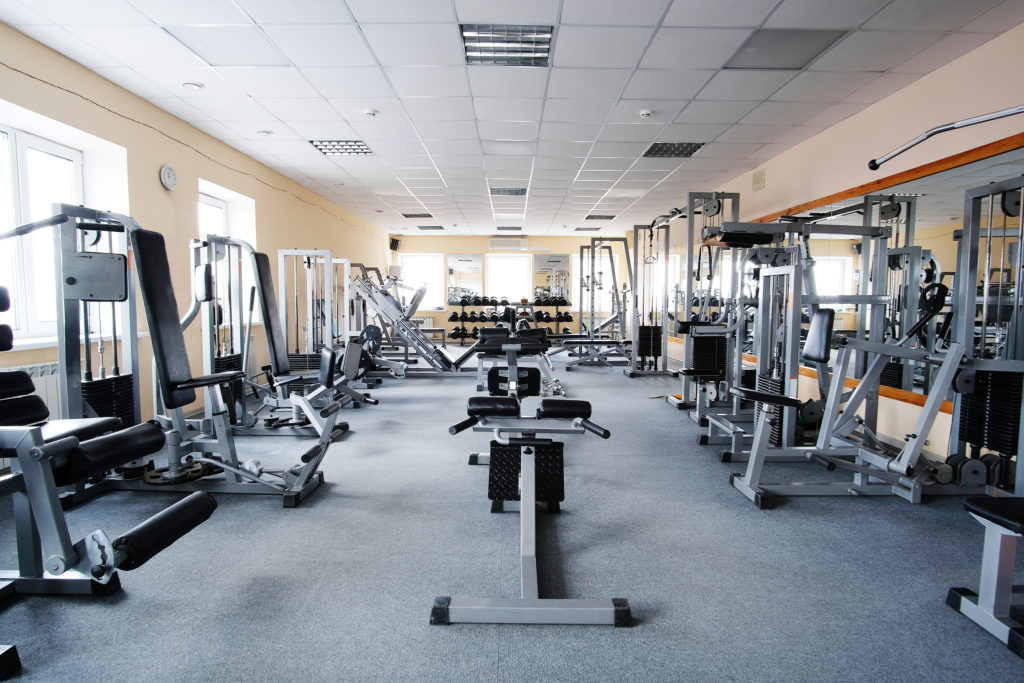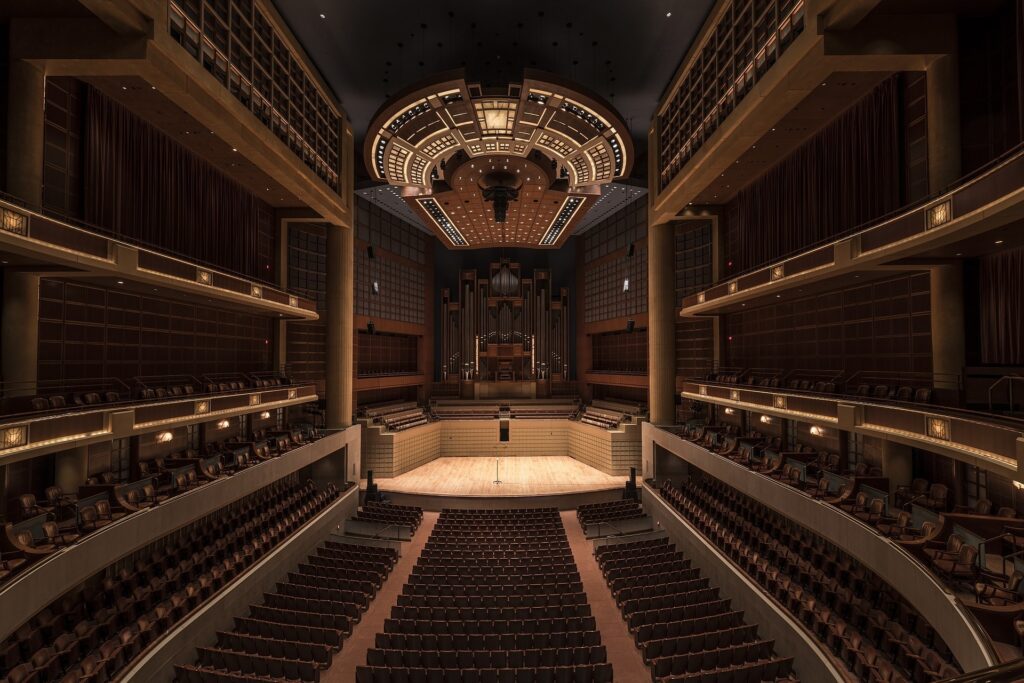The entertainment and leisure industry generates revenue in the billions of pounds per year, in the UK. With competition increasing, finding a way to stand out from others is becoming a real issue. With the increased choice, clients no longer accept the bare minimum knowing that other options are available. Acoustics can be that key element that differentiates you from the rest, enticing customers to return.
The entertainment and leisure sector forms a key part of the commercial sector, that includes businesses such as:
– Theatres
– Music Venues
– Bowling Alleys
– Cinemas
– Gyms
– Sports Centres
– Pubs and Night Clubs
Given the wide variety of uses and design requirements, each building or space will need to implement acoustic solutions and treatments to improve the acoustic environment to required levels. This can make the entertainment and leisure sector particularly challenging especially when more than one use is needed within the same space or building..


Multiple uses within a single building
Each area, will need to have different room acoustics and sound cannot be allowed to travel between both horizontal (floors and ceilings) and vertical partitions (walls, doors and windows).
Given the varying degrees of sound levels and frequencies will be present a clear we need to have a clear understanding on how the building will perform. The sound from one area can affect other areas that are not directly joined together through ‘structure-borne’ noise transference. It is key that we plan the layout of the building to meet these requirements at planning stage.
Controlling noise and vibration
Sound Insulation and reverberation are critical to these spaces performing both as individual areas as well as a complete building. The use of the building normally dictates the levels required to be met.
Vibration is another key element that needs to be considered at planning stage. Some activities may result in noise through vibration that can travel as structure-borne noise and be heard in locations at great distances from the source.
Whilst the finished build can be tested for vibration, sound insulation and reverberation, upon completion, the remedial work costs can be both expensive and time consuming. Remedial works are normally required as a result of ineffective planning, incorrect material specification and poor installation.
Critical listening spaces may also need to take in to account acoustic aspects such diffusion, room mode and, anti-vibration measures.


Achieving the perfect acoustic environment
The solution could be as simple as adding a small amount of material to help control reverberation.
Spaces such as gyms may find that the main cause of noise is created through weights and equipment being dropped on to a hard floor. Whilst reverberation may be an issue the key problem would be impact noise and vibration.
By introducing suitable impact resistant flooring, anti-vibration measures and careful planning this noise can be reduced to acceptable levels.
It may be so complex that it takes acoustic modelling and computer simulation to prove a design concept is both viable and cost effective. This is an option where different spaces require different performance criteria or when multiple levels are required.
Complaints
Where noise becomes an issue complaints may be made and the local council may become involved. Additional advice can be found on the Government’s website on how councils may deal with noise nuisances and complaints.
To resolve complaints Environmental Noise Assessments may need to be carried out to identify the scale of the issue. This type of assessment is normally required where local residents or others are affected within the local area.
